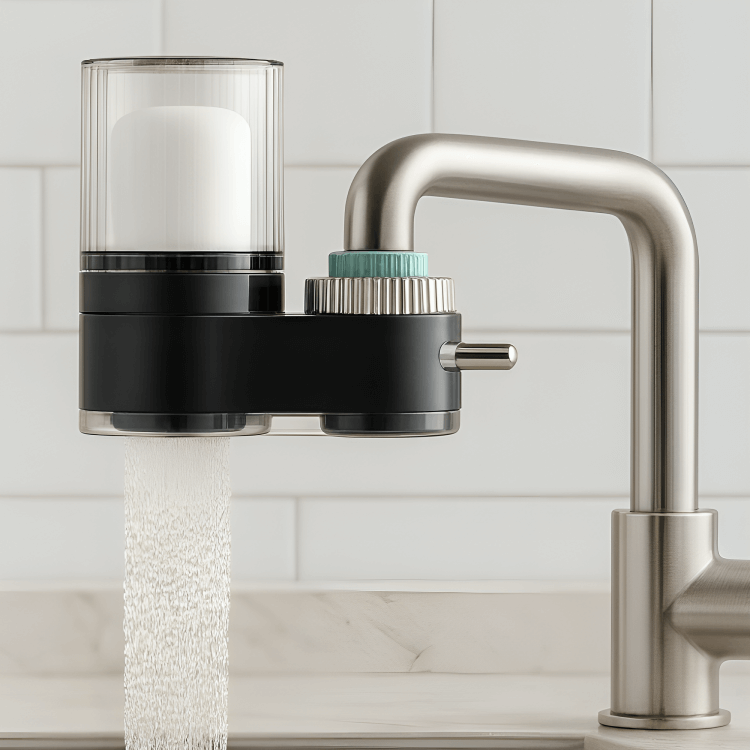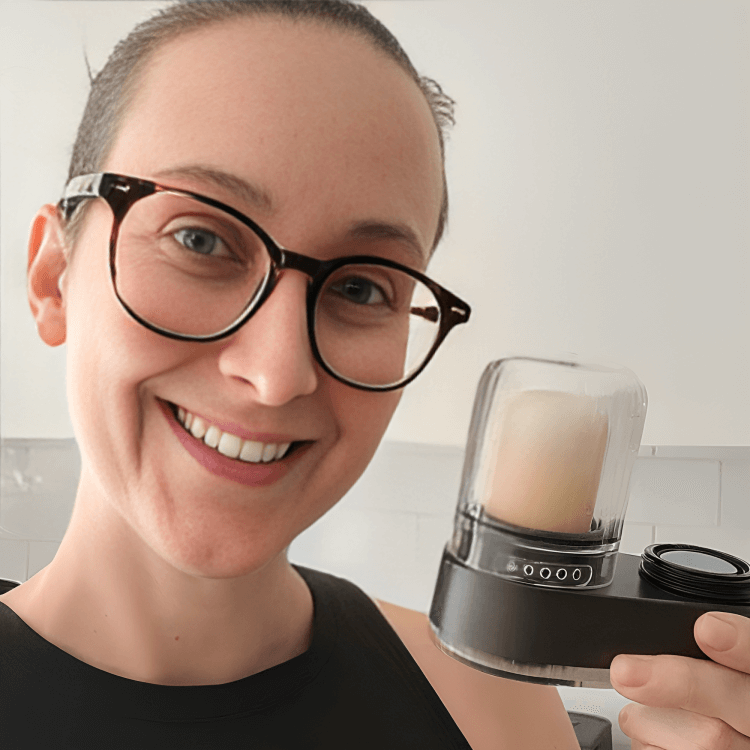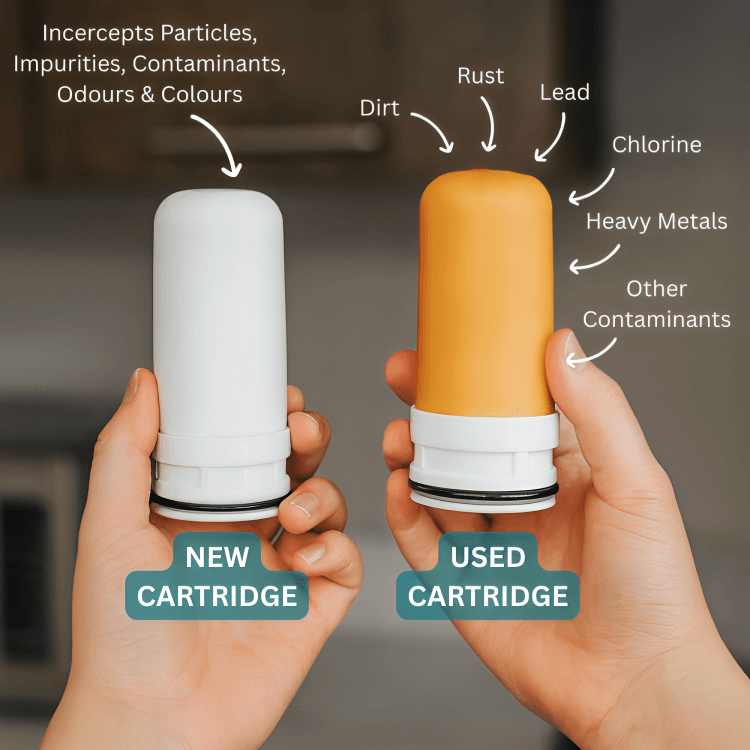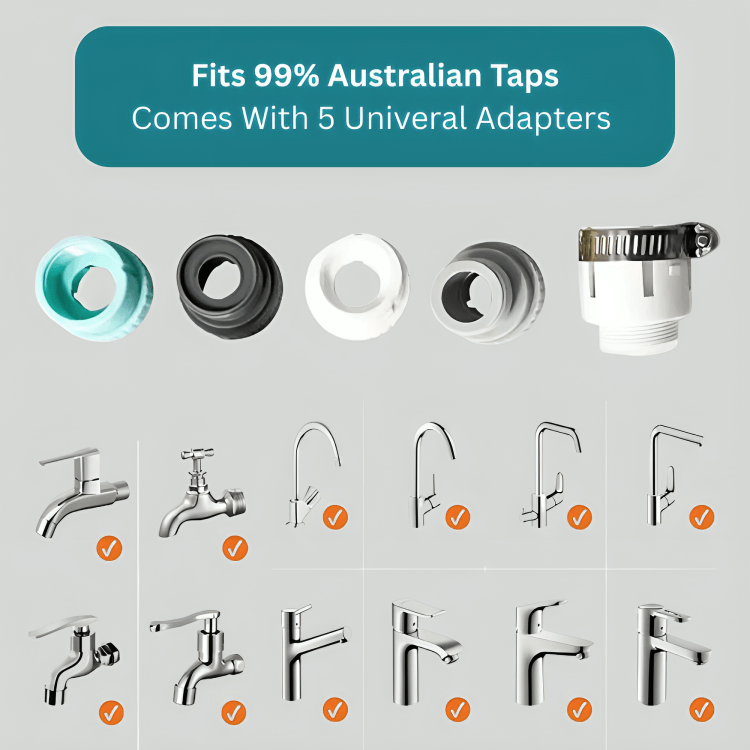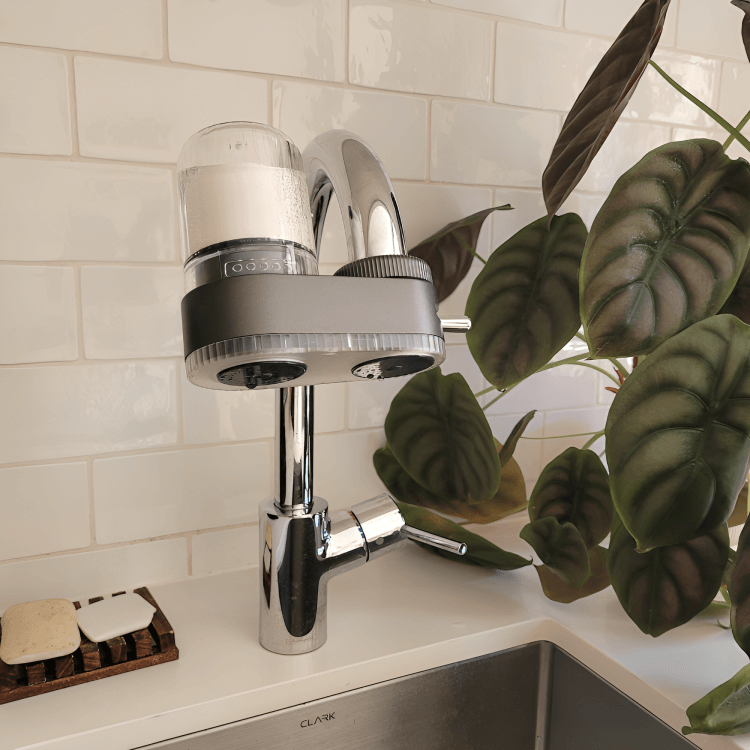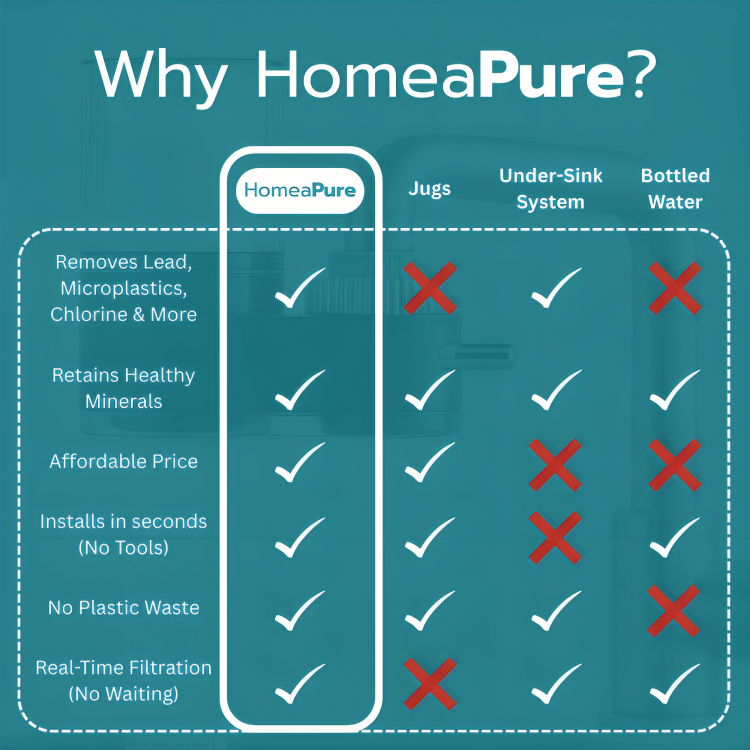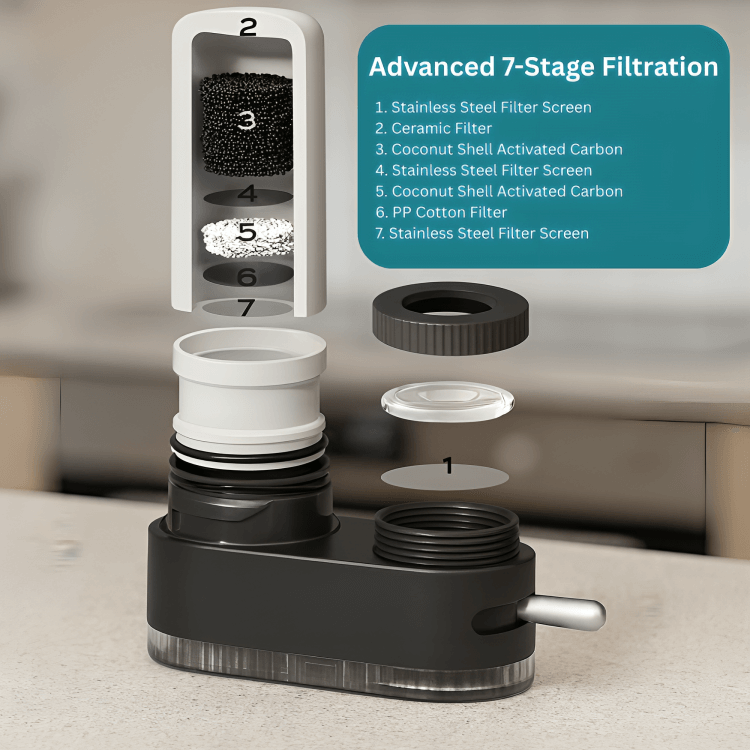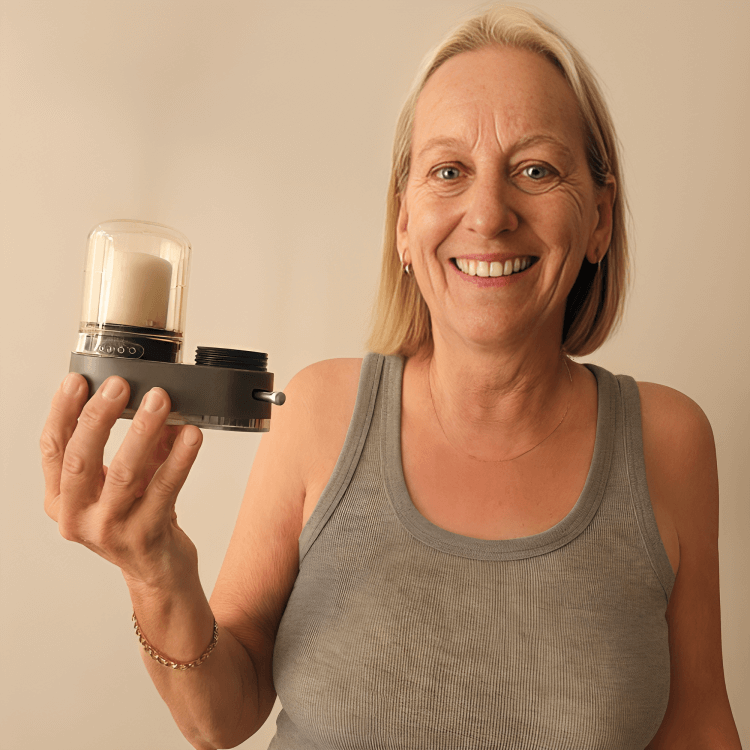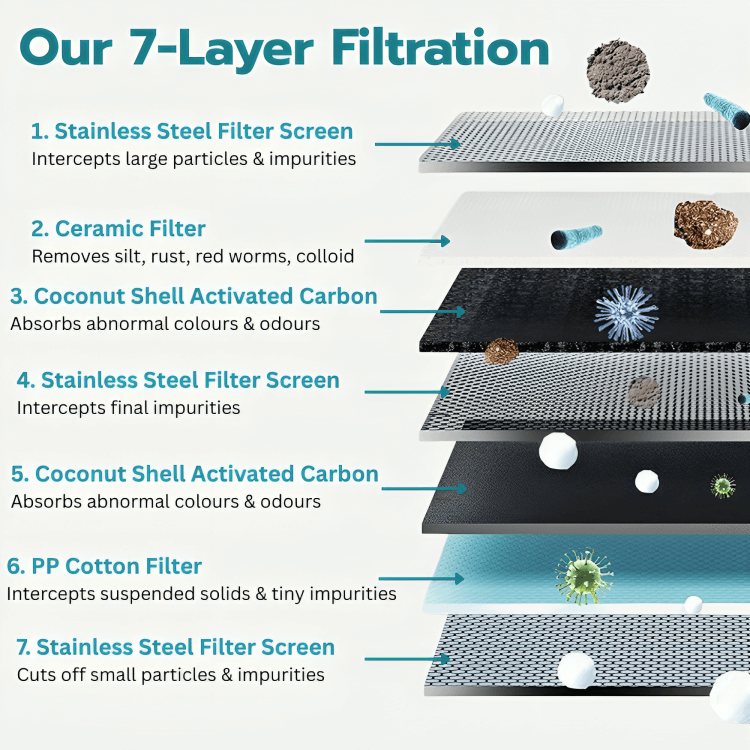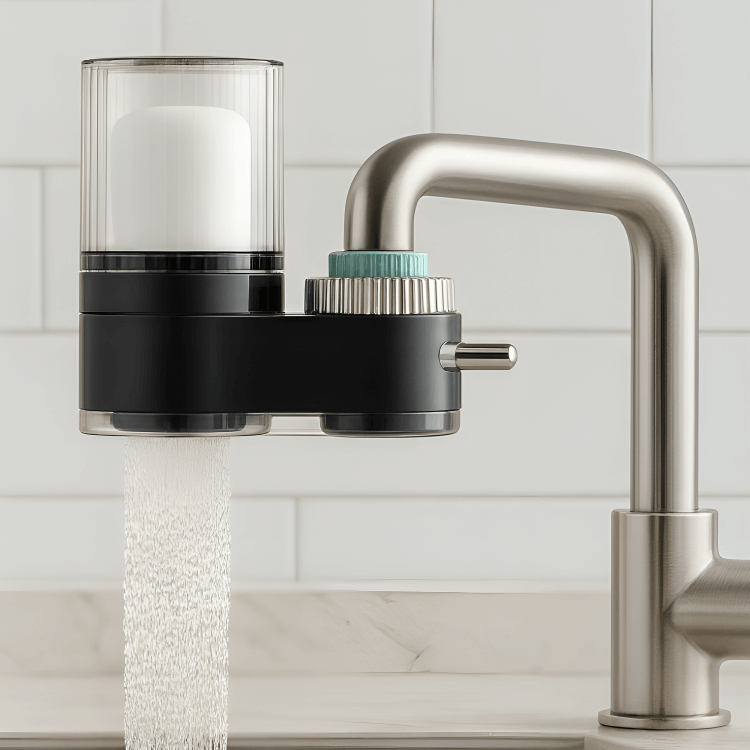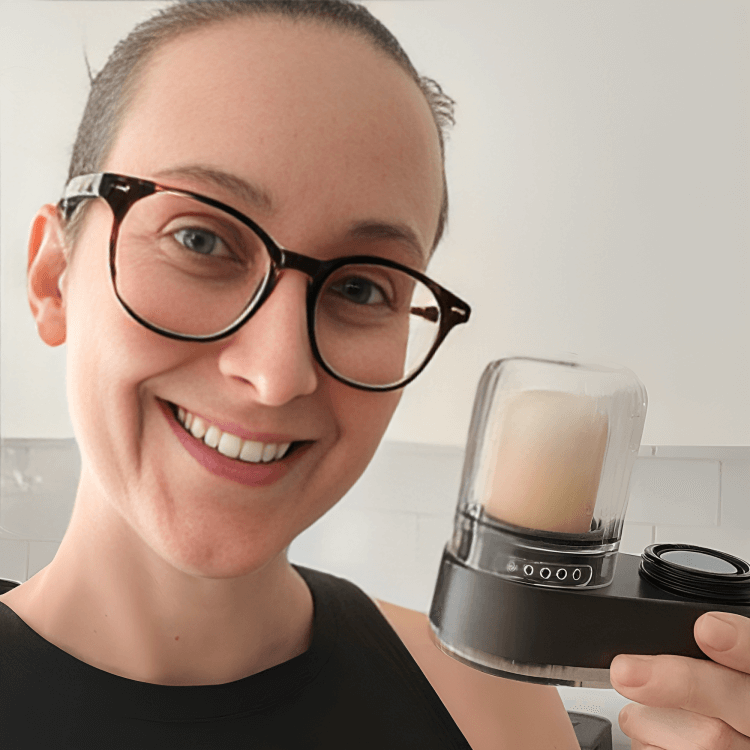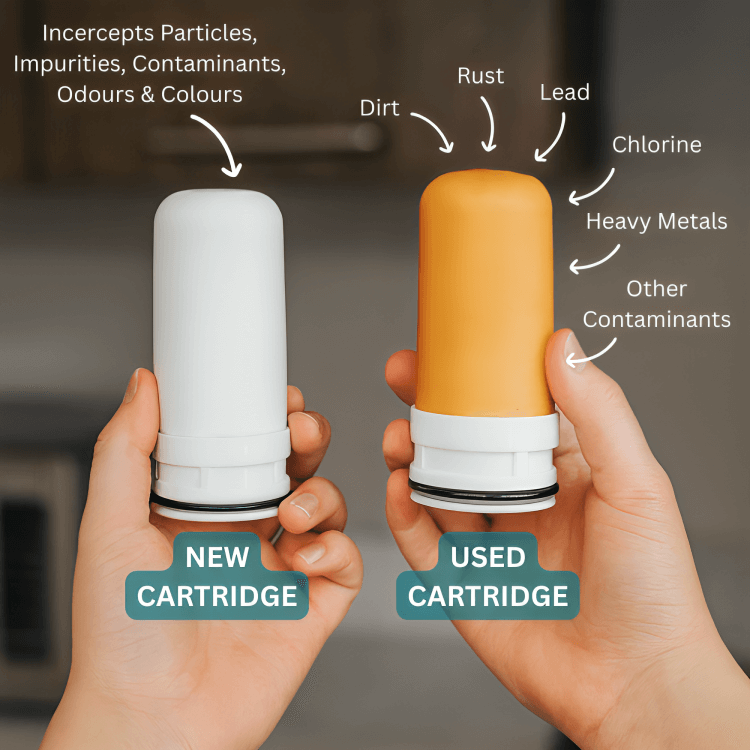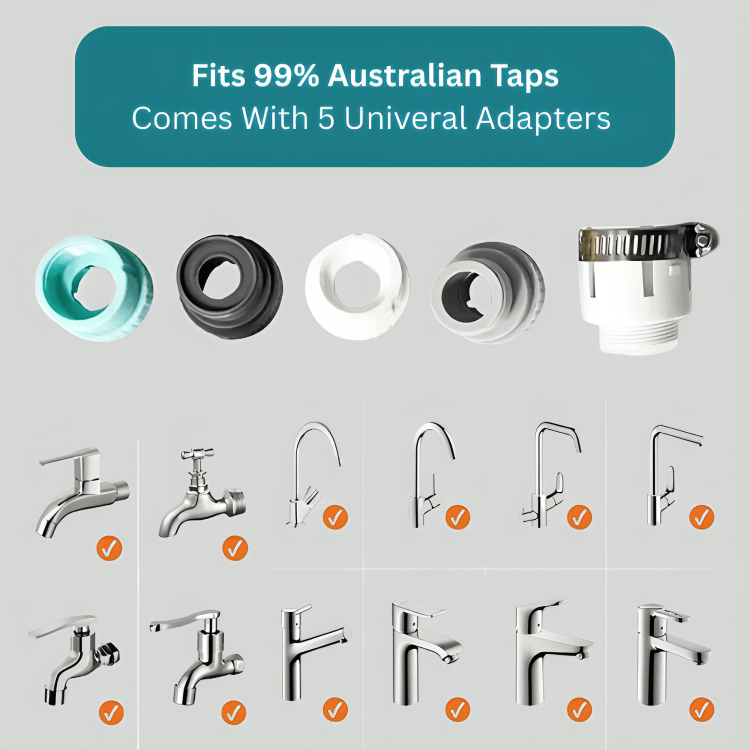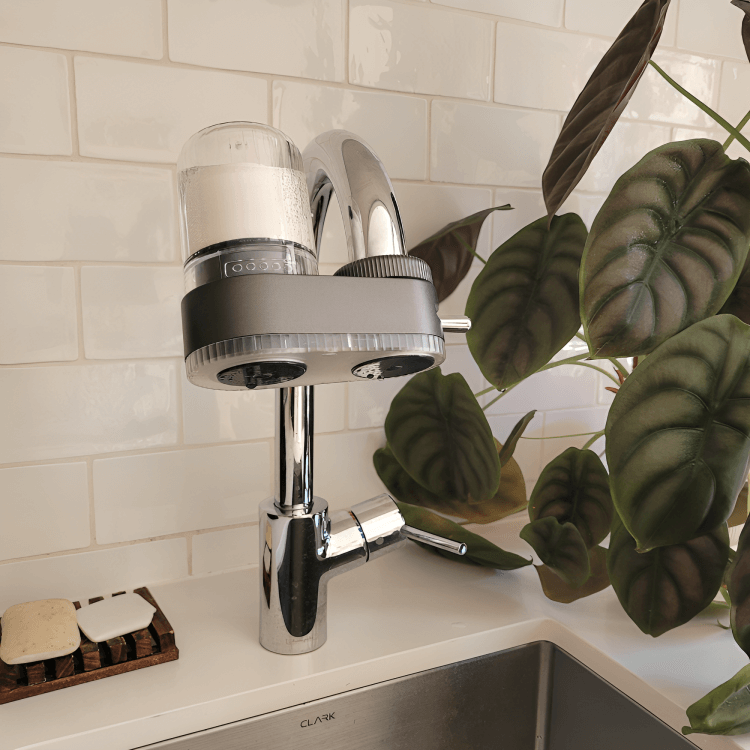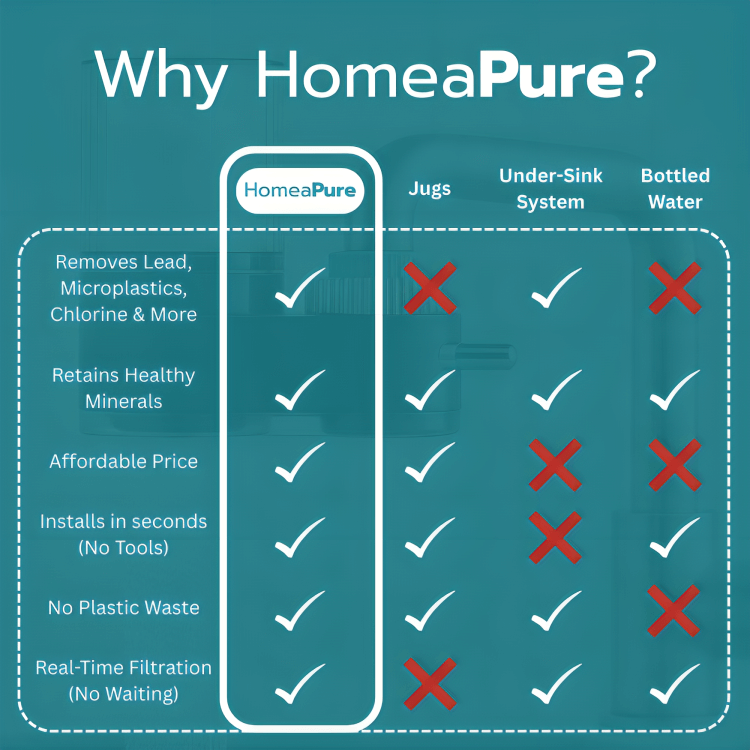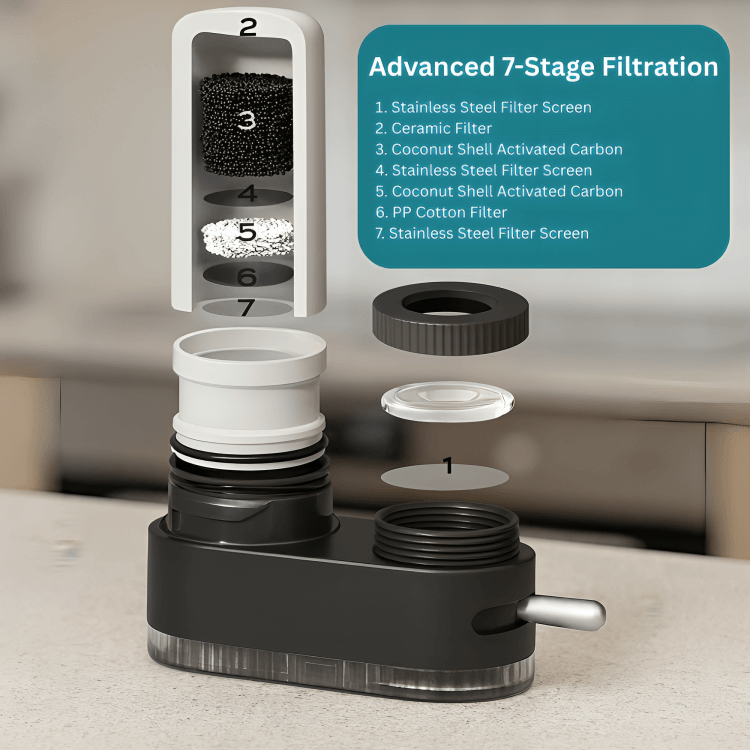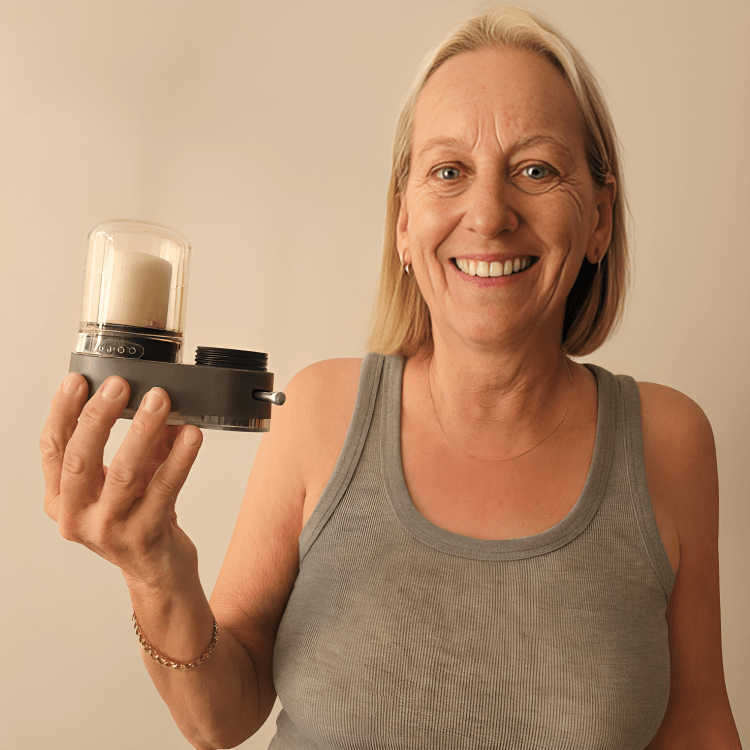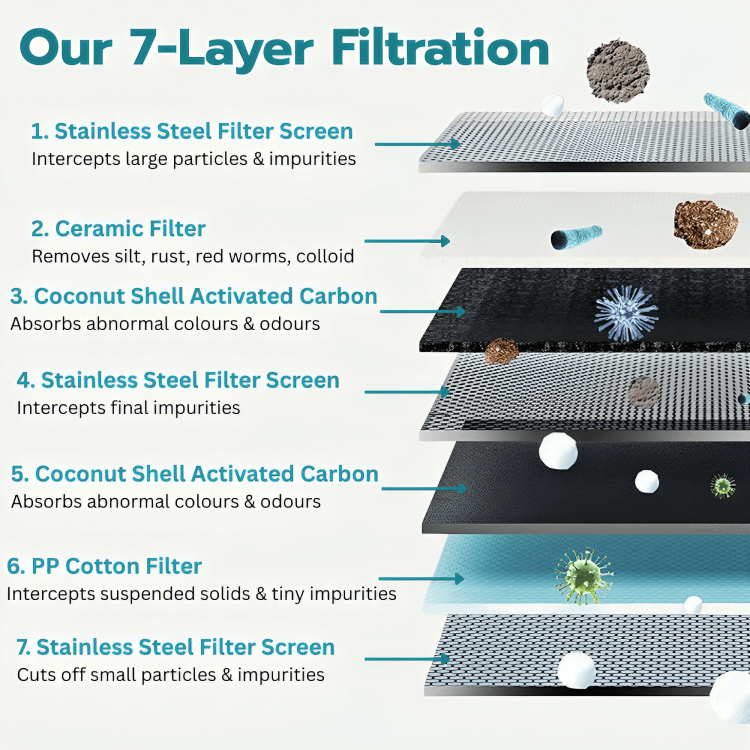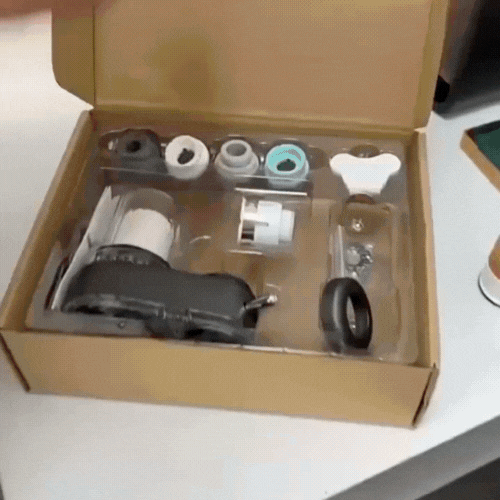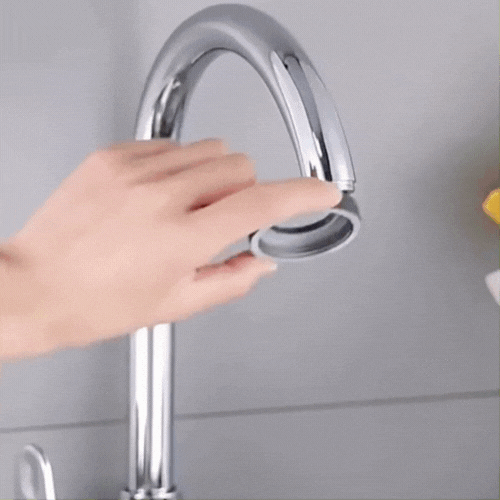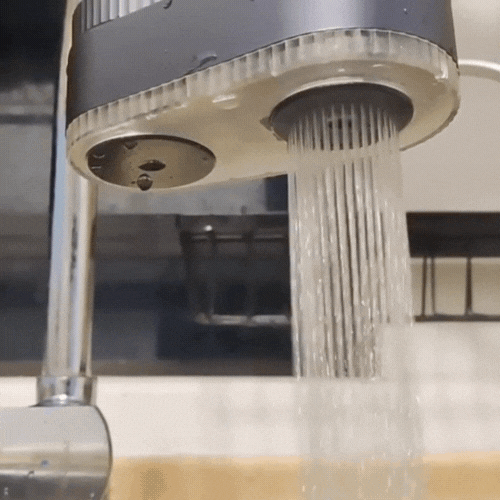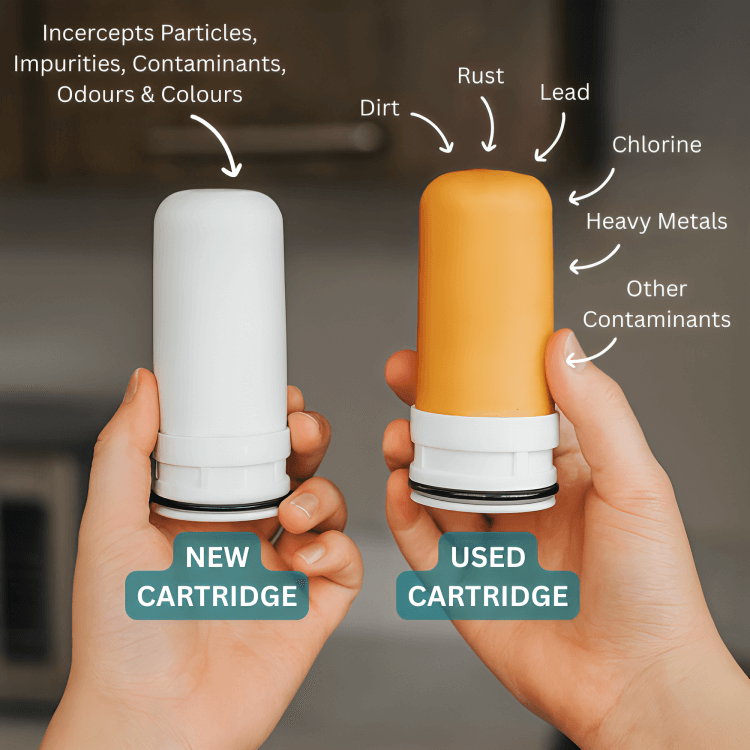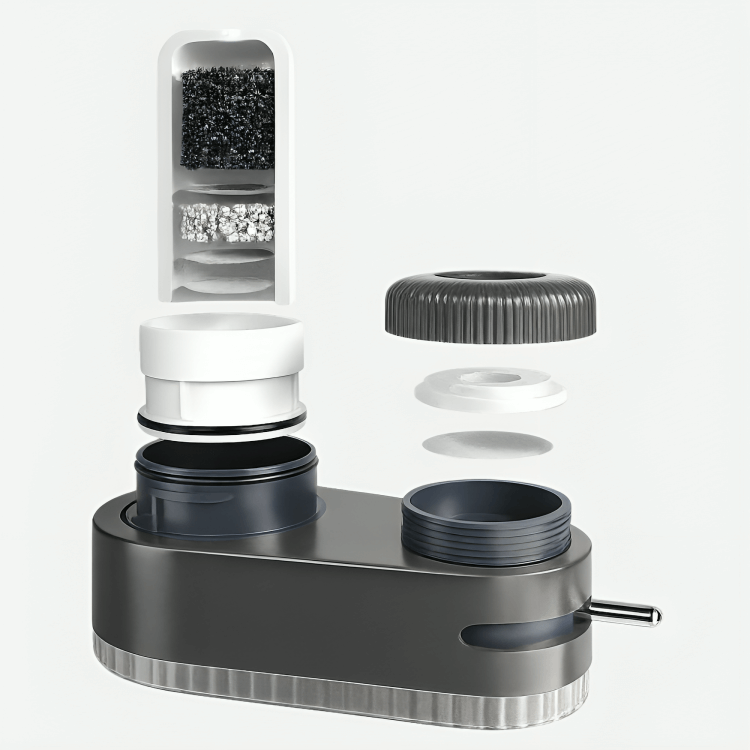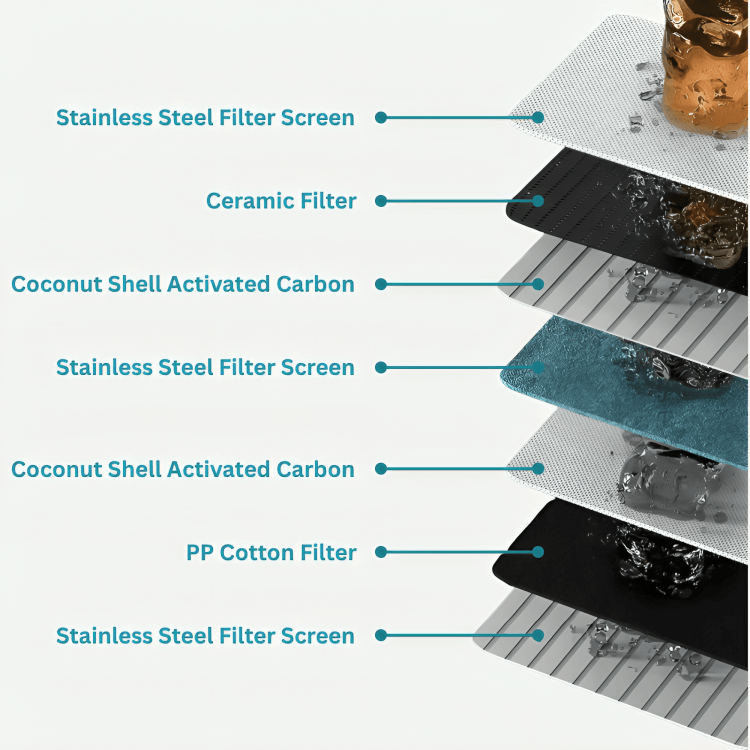Aussie drinking water standards an ‘international embarrassment’ according to PFAS expert - 7News (2024)
Australia’s drinking water rules for PFAS - toxic “forever chemicals” - are among the weakest in the developed world. Other countries such as the U.S., Canada and the EU have set far lower limits, while Australia still allows much higher levels of contamination. One expert described this approach as “an international embarrassment.”
Why PFAS Matter
PFAS are used in everyday products like non-stick pans, carpets, food packaging, and makeup. They don’t break down easily and build up in the body over time. They are:
- Linked to cancers, hormone disruption, immune and thyroid problems
- Classified as carcinogenic by the International Agency for Research on Cancer
- Found in more than half of global water sources
Gaps In Testing & Oversight
Only three PFAS compounds are tested in Australia’s water, and testing is inconsistent. Current limits are also far higher than international recommendations. In some cases, more than 200 times greater than Europe’s. Critics argue for regulating PFAS as a whole class of chemicals to prevent harmful substitutes slipping through.
What’s Next
Australia’s water guidelines are under review, with updates expected in April 2025. Until then, the country will continue using outdated limits. Experts urge adopting the stricter U.S. or Canadian standards immediately to better protect public health.
What Australians Can Do Now
While waiting for national standards to catch up, individuals can take small but meaningful steps to reduce exposure:
- Use high-quality tap water filters that can reduce PFAS in drinking water.
- Check product labels: Avoid cookware, packaging, and cosmetics that list fluorinated or “non-stick” chemicals.
- Stay informed: Follow water quality updates from local councils and utilities.

